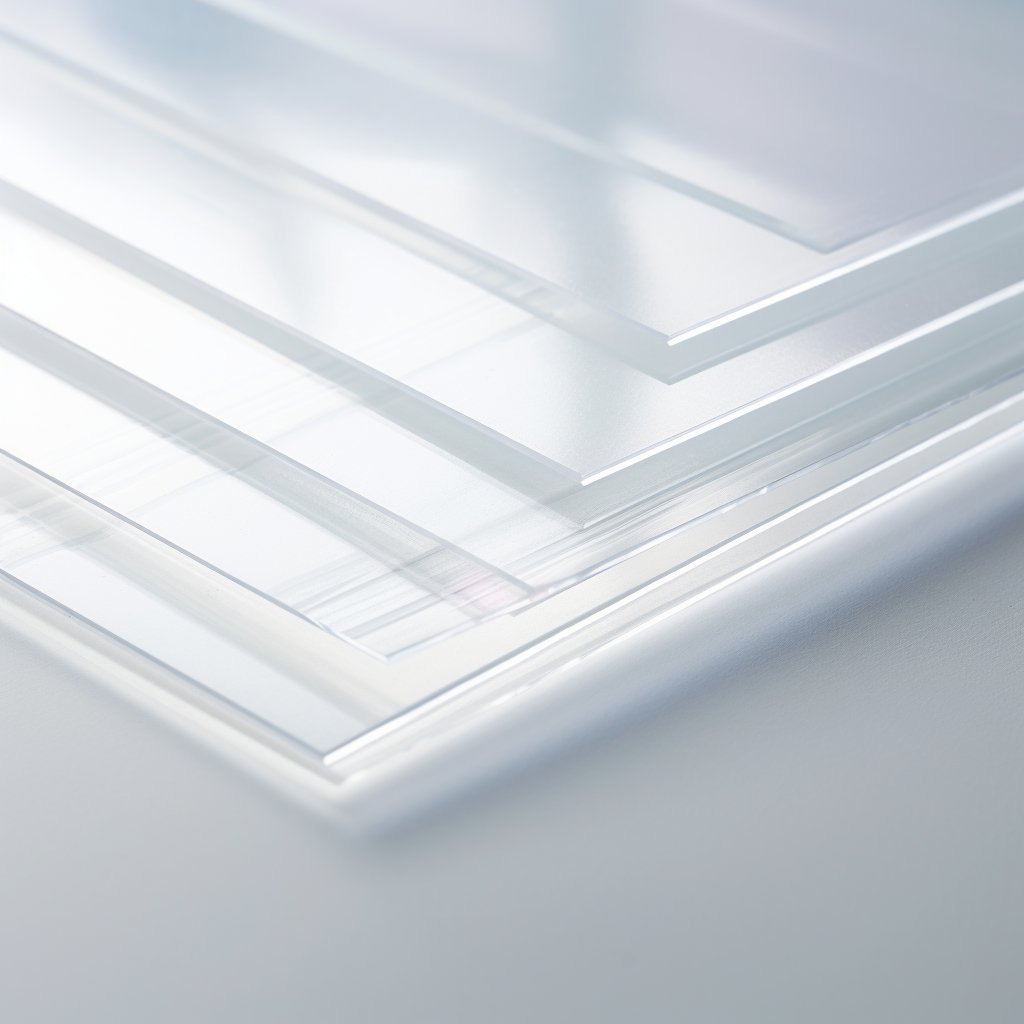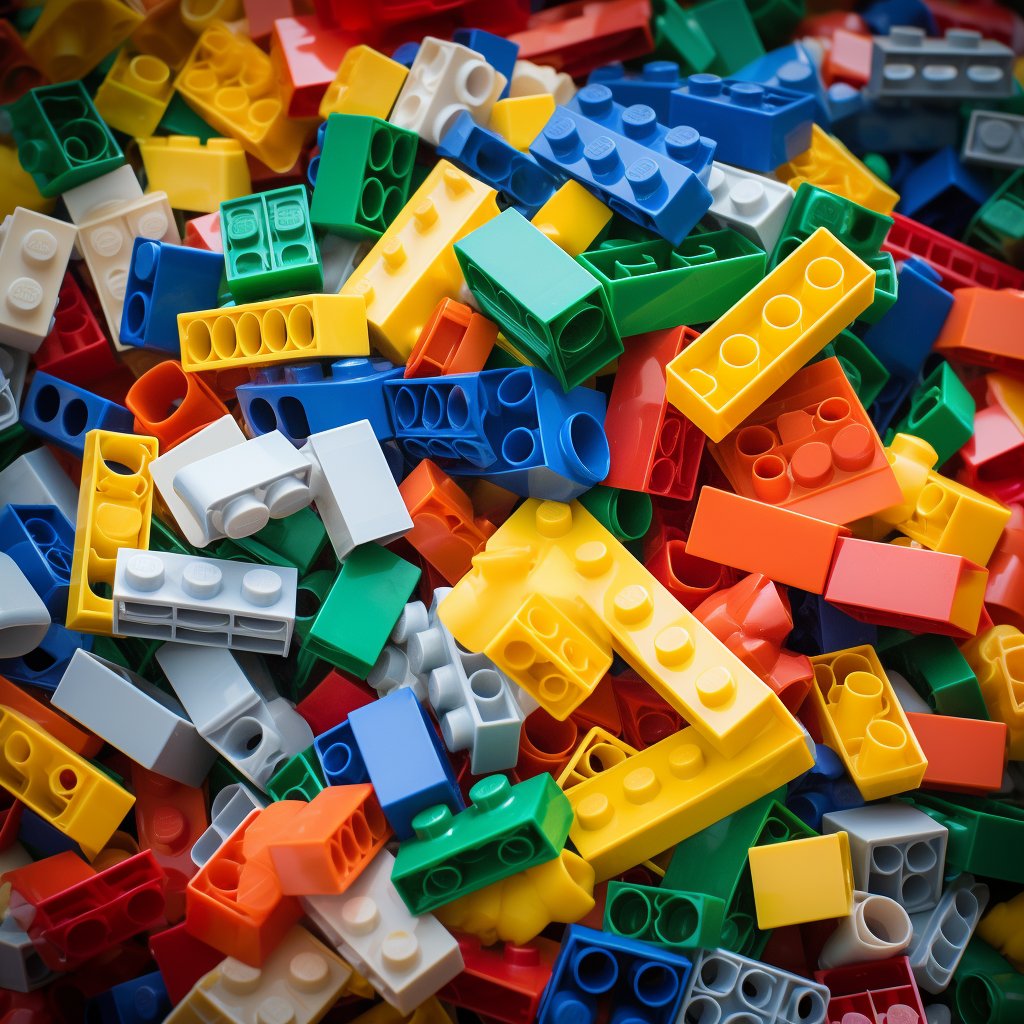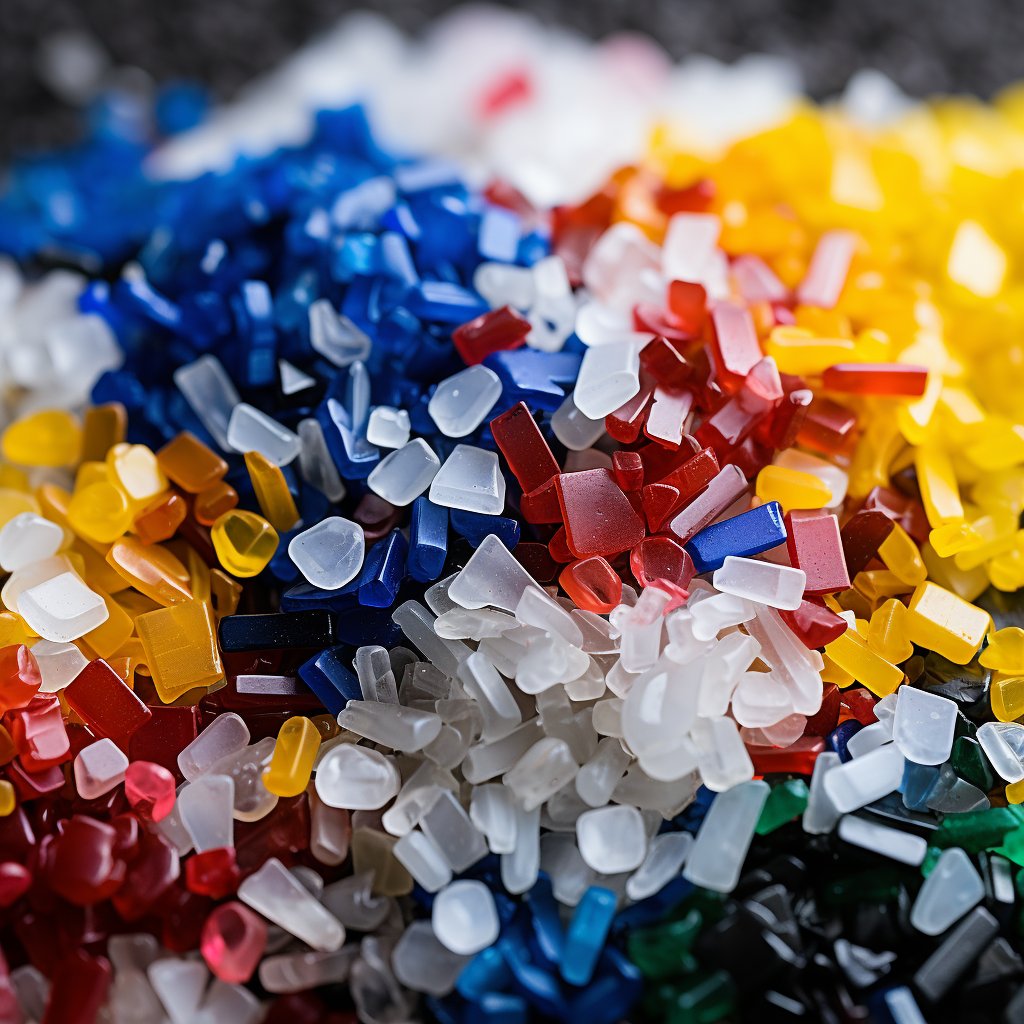Polycarbonate is a thermoplastic polymer that has a high level of transparency, excellent impact resistance, and heat resistance. It is used in a wide range of industries due to its superior properties and can be found in products such as automotive parts, electrical components, and medical devices.
Polycarbonate was first discovered in 1898 by Alfred Einhorn, a German chemist. However, it was not until the 1950s that the material was commercialised. In 1953, Bayer AG introduced Makrolon, the first polycarbonate resin. Since then, polycarbonate has become one of the most widely used thermoplastics due to its high performance and versatility.
Polycarbonate is a versatile and widely used plastic that is known for its strength, durability, and transparency. It is used in a variety of industries, from automotive and construction to electronics and consumer goods. With its unique properties, polycarbonate has become a popular choice for manufacturers and consumers alike. However, as concerns over waste and environmental impact continue to grow, it is important to consider the recyclability of this material.

What is Polycarbonate
Polycarbonate has several unique properties that make it an ideal material for a variety of applications. One of its most significant advantages is its high impact resistance. It is nearly unbreakable and can withstand a significant amount of force without cracking or breaking. Additionally, it has a high level of transparency, allowing it to be used for optical applications. It also has excellent heat resistance, making it suitable for high-temperature applications.
Industrial Usage of Polycarbonate
Polycarbonate is used in a wide range of industries due to its superior properties. One of its primary applications is in the automotive industry, where it is used for exterior components such as headlamp lenses and interior components such as instrument panels. It is also used in the electrical industry for products such as switchgear, transformers, and connectors. Additionally, it is commonly used in the medical industry for products such as surgical instruments and medical devices.
Application Areas of Polycarbonate
Polycarbonate is used in a variety of applications due to its unique properties. It is commonly used for applications that require a high level of transparency, such as optical lenses and windows. It is also used for applications requiring high-impact resistance, such as safety helmets, riot shields, and bulletproof glass. It is also commonly used in consumer products such as eyewear, water bottles, and electronic device cases.
Consumer Product Examples of Polycarbonate
Polycarbonate is commonly used in consumer products due to its superior properties. One of the most common consumer product applications of polycarbonate is in eyewear. It is used for the lenses of prescription and non-prescription glasses due to its high transparency and impact resistance. Additionally, it is used for water bottles, electronic device cases, and other products that require high durability.
Recycling of Polycarbonate
Polycarbonate can be recycled, but the process is complex and requires specific conditions. It is often recycled through a process known as pyrolysis, which involves heating the material to high temperatures to break it down into its constituent parts. The resulting material can be used to make new products, reducing waste and conserving resources.
Advantages of Polycarbonate Compared to Alternative Plastics
Polycarbonate has several advantages compared to other plastics. One of its main advantages is its high impact resistance, which makes it a popular choice for applications that require durability and strength. Additionally, it has excellent transparency and heat resistance, making it a popular choice for optical and high-temperature applications. Polycarbonate also has good electrical insulation properties, which makes it useful in electrical applications. Compared to other thermoplastics, polycarbonate has a lower coefficient of thermal expansion, which means it is less likely to warp or deform when exposed to heat.
Disadvantages of Polycarbonate Compared to Alternative Plastics
One of the main disadvantages of polycarbonate is its cost. It is more expensive than some other plastics, such as polyethylene and polypropylene. Polycarbonate is also durable and strong, but it is not as chemically resistant as some other plastics. It can be susceptible to chemical degradation, particularly when exposed to certain solvents and acids. Polycarbonate is also not as easily recyclable as some other plastics, which can make it less environmentally friendly.
Recycling of Polycarbonate
Polycarbonate can be recycled, but it requires specialised processes and equipment. The recycling process involves breaking down the polycarbonate into its constituent parts, which can then be used to make new products. There are several methods of recycling polycarbonate, including mechanical, chemical, and pyrolysis.
Mechanical recycling involves shredding the polycarbonate into small pieces and then melting them down to form new products. This method is relatively simple and inexpensive, but it can result in a lower-quality material due to the presence of impurities and degradation caused by the heat.
Chemical recycling involves breaking down the polycarbonate into its constituent monomers, which can then be used to make new polycarbonate or other plastics. This method requires specialized equipment and can be expensive, but it can produce a higher-quality material with fewer impurities.
Pyrolysis involves heating the polycarbonate to high temperatures in the absence of oxygen, which breaks it down into its constituent parts. This method can produce a high-quality material with few impurities but requires specialised equipment and can be expensive.
Advantages of Polycarbonate Recycling
One of the main advantages of polycarbonate recycling is that it reduces the amount of waste going to landfills. Recycling also reduces the need for virgin materials, which can help to conserve natural resources and reduce the environmental impact of manufacturing. Additionally, recycling can be more energy efficient than producing new materials, which can help to reduce greenhouse gas emissions and combat climate change.
Disadvantages of Polycarbonate Recycling
One of the main disadvantages of polycarbonate recycling is that it can be expensive and difficult due to the specialised equipment and processes required. Additionally, recycled polycarbonate may not be as high quality as virgin material, which can limit its applications. Another disadvantage is that not all polycarbonate products are easily recyclable, which can limit the amount of material that can be recycled.
Environmental and Global Impact of Polycarbonate Recycling
Polycarbonate recycling can positively impact the environment by reducing the amount of waste going to landfills and conserving natural resources. Additionally, recycling can help to reduce greenhouse gas emissions and combat climate change by using less energy than producing new materials.
On a global scale, polycarbonate recycling can help reduce the demand for virgin materials, reducing the environmental impact of manufacturing in areas with limited natural resources. Additionally, recycling can provide economic benefits by creating jobs in the recycling industry and reducing the need for producing new materials.
Market Price Developments
The price of polycarbonate can be influenced by a variety of factors, including demand, supply, and raw material costs. In recent years, the price of polycarbonate has been relatively stable, with some fluctuations due to changes in supply and demand. In 2020, the COVID-19 pandemic significantly impacted the plastics industry, including the polycarbonate market. The global economic slowdown led to reduced demand for polycarbonate in some sectors, resulting in a slight price drop.
Future Market Prognosis
The future outlook for the polycarbonate market is positive, with growth expected in a variety of sectors. The automotive industry is expected to continue to be a major market for polycarbonate due to its high impact resistance and heat resistance. Additionally, the growth of the electronics industry is expected to drive demand for polycarbonate in applications such as smartphone cases and electronic device housings. The demand for sustainable materials is also expected to drive growth in the polycarbonate market, as manufacturers seek to reduce their environmental footprint by using recyclable materials.
Polycarbonate:
Polycarbonate is a versatile and durable material that is used in a wide range of applications. Its high impact resistance, transparency, and heat resistance make it an ideal material for use in the automotive, electrical, and medical industries. Additionally, it is commonly used in consumer products such as eyewear and electronic device cases. While recycling polycarbonate is possible, it requires specific conditions and processes. Overall, polycarbonate is a valuable material that offers superior properties and benefits to many industries.
Overall, polycarbonate is a versatile and durable material that offers several advantages over other plastics. While it can be more expensive and less chemically resistant than some other plastics, its superior properties make it a popular choice for a wide range of applications. Recycling of polycarbonate is possible, but it requires specialised processes and equipment. The future outlook for the polycarbonate market is positive, with growth expected in several sectors, particularly in the automotive and electronics industries, and as manufacturers seek to adopt more sustainable materials.






